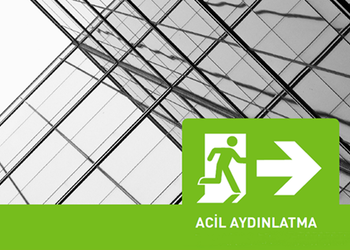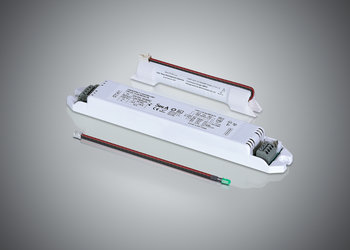EMERGENCY LIGHTING PRODUCT COMPATIBILITY AND CERTIFICATION
It is essential that emergency lighting luminaires are designed according to the correct standards and certified by independent accredited organisations. Certified emergency lighting luminaires guarantee that the luminaire is compliant with the relevant international product standards (IEC/EN 60598-2-22, IEC/ EN 60598-2-1, IEC/EN 60598-2-2) and that the control gear (EN 61347-2-7, EN61347-2-13), battery (EN 61951-1, EN 62133-1), and LED modules (EN 62031, IEC/EN 61547) in the luminaire have been tested in accordance with the relevant international standards.
Adhering to the relevant standards during the certification process ensures that the emergency lighting luminaire and all its components meet the required safety and performance criteria, as well as testing and certification for any additional requirements that also must be fulfilled, such as fire retardant standards for emergency lighting luminaires used on escape routes (satisfactory results from a 850°C glow wire test), confirmation of the declared IP protection rating, verification that the product’s indicated lumen output level is sustained for the stipulated duration, and the compatibility of emergency exit luminaires for symbols and homogenous illumination.
Certification guaranteeing the product’s compatibility also verifies that the product was manufactured in a facility with ISO EN 9001 approved quality assurance documentation.



